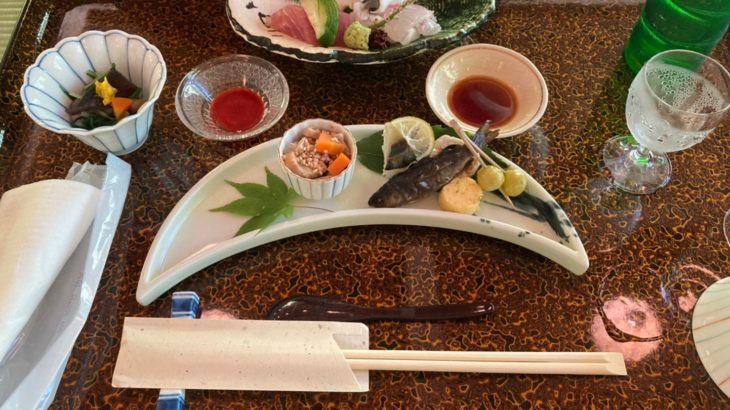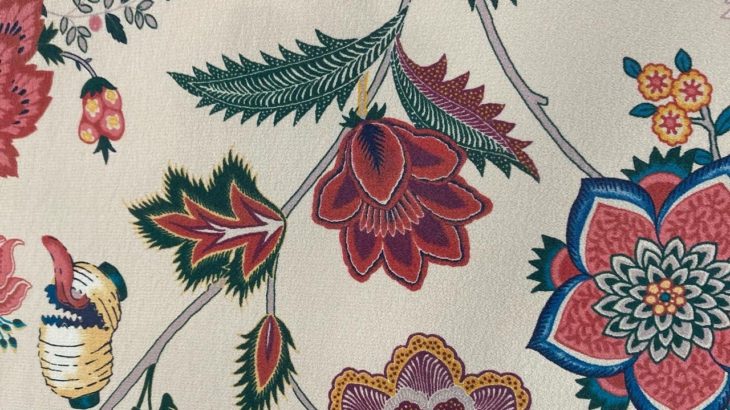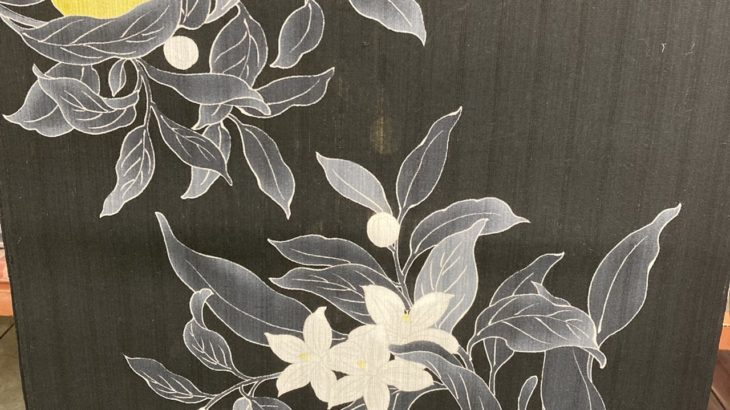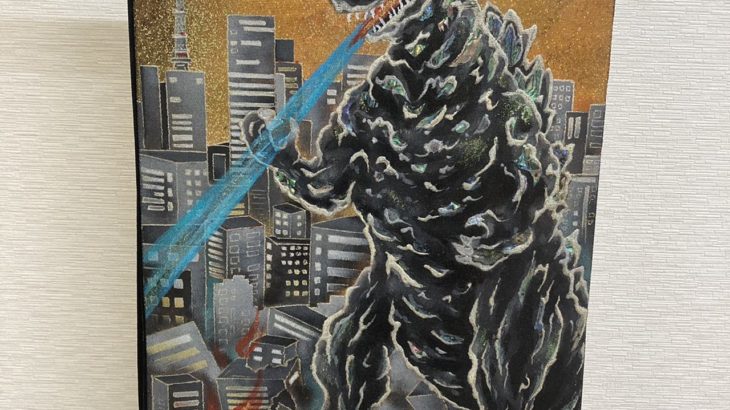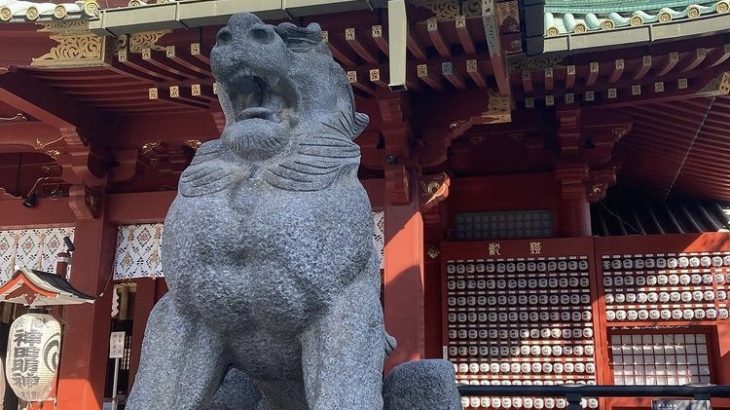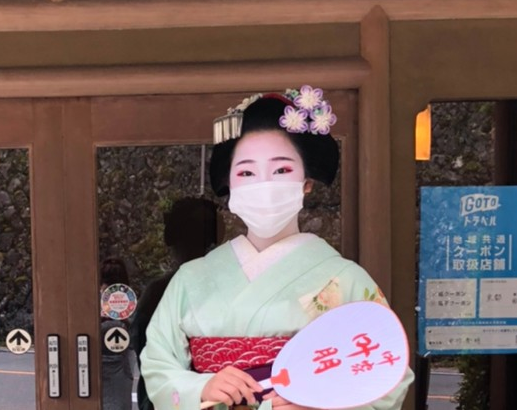Hello, this is Shinji from Warashibe-Choja.jp. The other day, I went to a kawadoko in Kyoto. Maiko came again this year and showed us their dance and we had a great time talking with them about many things. I am happy that many of you read my article about maiko in last year’s issue and some of you subscribed to my Youtube page. This year, I would like to write about this pig I found on the riverbed.
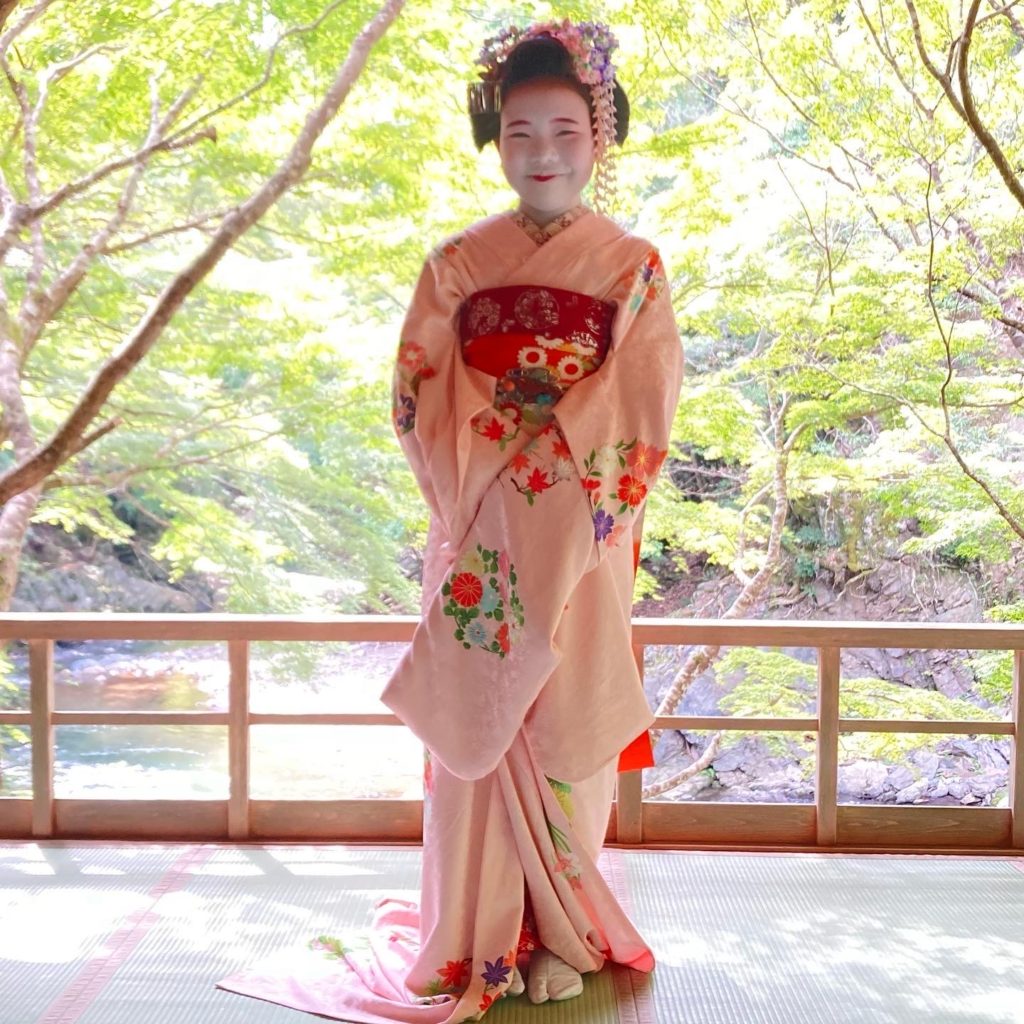
1. Kayari-buta
I didn’t know that mosquito coil pig had a name!” I think some of you may be thinking, “I didn’t know that mosquito coil pig had a name! It is a ceramic figurine also called “Katori-buta,” which is used by burning mosquito coils inside. Why a pig? There are some theories. There are several theories, but here is the origin.

source1
There are several theories, but there is a story said to have spread in Aichi Prefecture. Tokoname City in Aichi Prefecture was the largest producer of clay pipes in Japan from the Meiji Era to the Showa Era, and the story is still passed down to craftspeople today.
A long time ago, a pig farmer was troubled by mosquitoes perching on his pigs and used to put mosquito coils in a nearby earthenware pipe, but the mouth of the earthenware pipe was too large and the smoke spread too much, so he made the mouth of the pipe smaller and the shape resembled a pig. A Tokoname ware craftsman came up with the idea of the current mosquito repellent pig, and sold it as a souvenir, which became explosively popular.
source2
Mosquitoes were driven away by the smoke from a smoked tokkuri used in the Edo period (1603-1868), which was filled with dead leaves and sawdust. The shape of the Tokkuri, with its side down, resembled a pig, hence the name Kayari-buta was born.
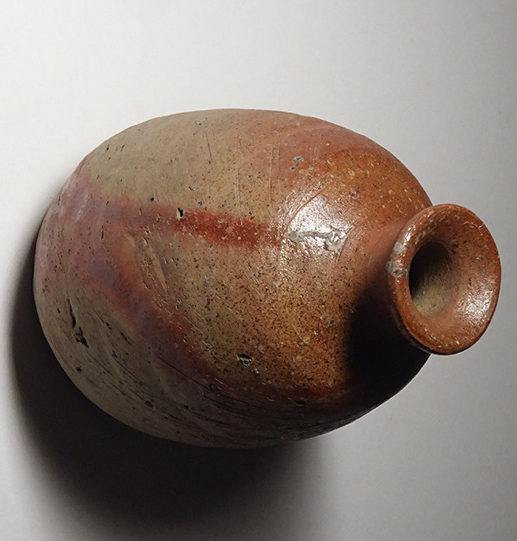
Although some theories exist, tens of thousands of mosquito repellent pigs are still manufactured and shipped every year. They are still a popular product along with mosquito coils as a summer tradition in Japan.
The reason for this article is that I was told by a foreigner on Instagram that he had always seen pig figurines in Japanese anime but had no idea what they were used for.
It is strange that Japanese people take mosquito coils for granted, even if they have never used them before. Nowadays, there are also mosquito repellent pigs that are compatible with mosquito repellent mats that use electricity.
2. Kawayuka? or Kawadoko?
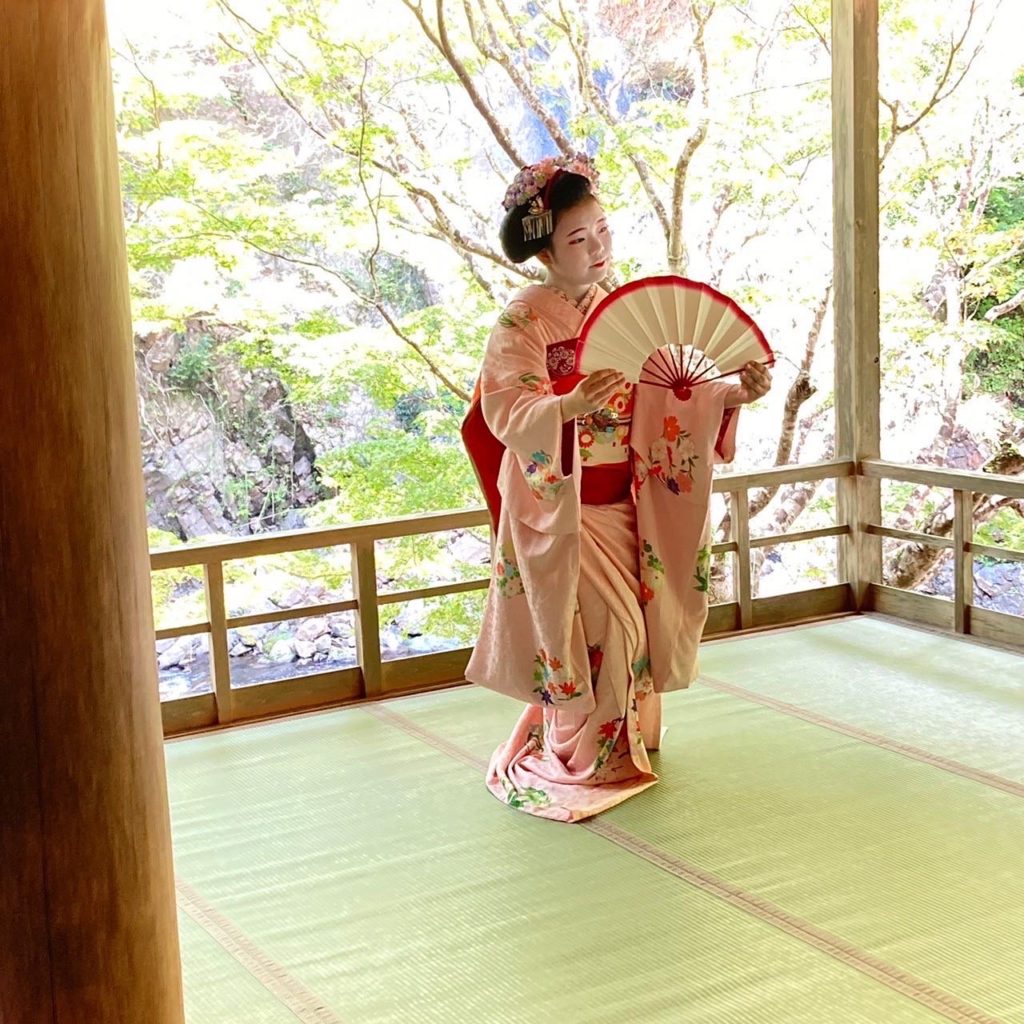
I live in the Kansai region and often go to Kyoto for work, so it had become a common summer tradition, but someone living in Tokyo commented that they longed to see it. I had certainly not seen it in the Kanto area, so I looked it up and found that there was only one in Okutama, and it was not well known.
川床
Historically, it is said that the festival began in the Momoyama Period (1573-1600) when a pier was set up in the middle of the river to entertain guests. The word “川床” is also read as “kawadoko”. Some people read it as “Kawayuka. The two are similar but in slightly different regions.
Kawadoko
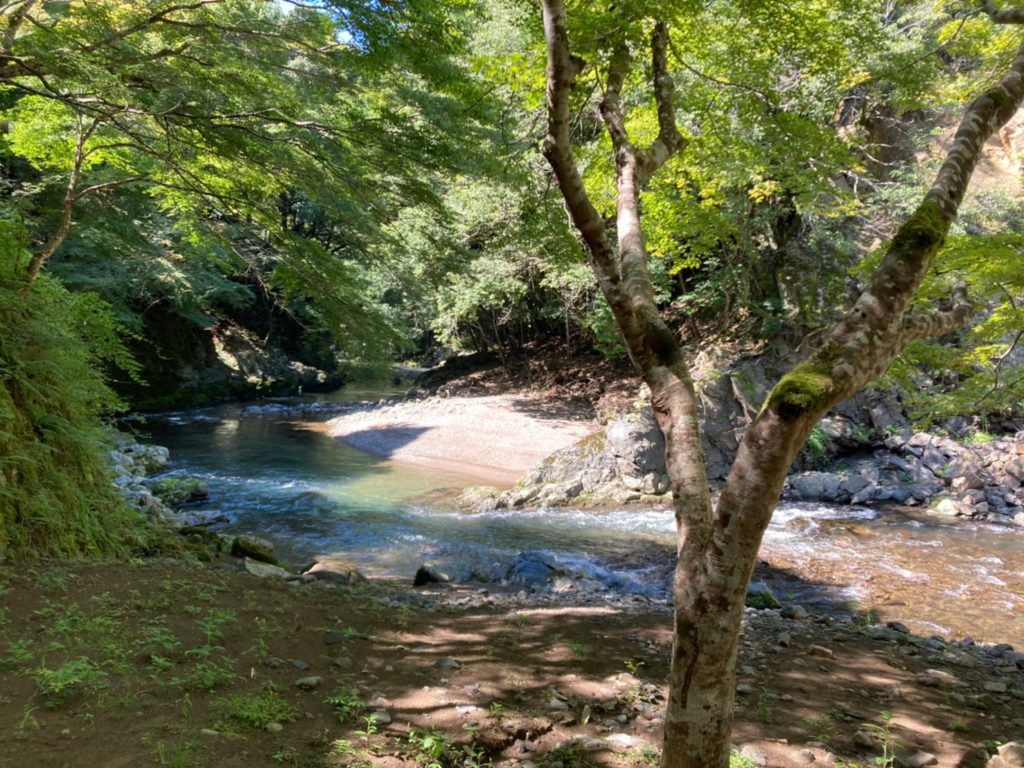
This is a floor in Takao or Kifune, the backwaters of Kyoto. Kifune is located in the mountains and is cool even in summer, so much so that you may feel the cold depending on the day. Takao is famous for its autumn foliage, and Genji fireflies fly there at certain times of the year. In Takao, you can invite a maiko (apprentice geisha) to dance with you. In Kifune, it is forbidden to make noise so that visitors can enjoy the sound of the river.
Kawayuka
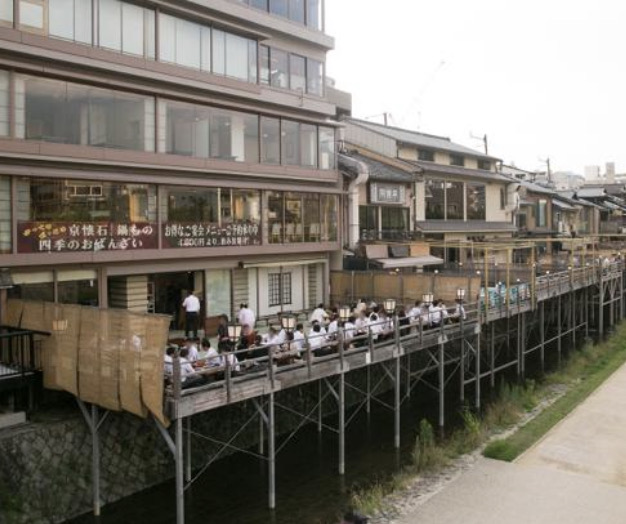
This is a yuka to be enjoyed along the Kamogawa River in Kyoto. During this season, special yuka are set up from around Sanjo to around Gojo. Many ordinary stores participate in this event, so you can enjoy not only Japanese food, but also Chinese and French food. You can also enjoy the floor at a slightly lower price.
This article is a bit geeky and not many people in Japan know about it, but we hope you enjoy this Japanese and Kyoto tradition.
Our Instagram is doing well, and we now have over 1,700 followers. If you like, please take a look. Also, please take a look at the maiko’s dance on Youtube.
Instagram: https://www.instagram.com/warashibe_choja.jp
Youtube :Warashibe-choja.jp
